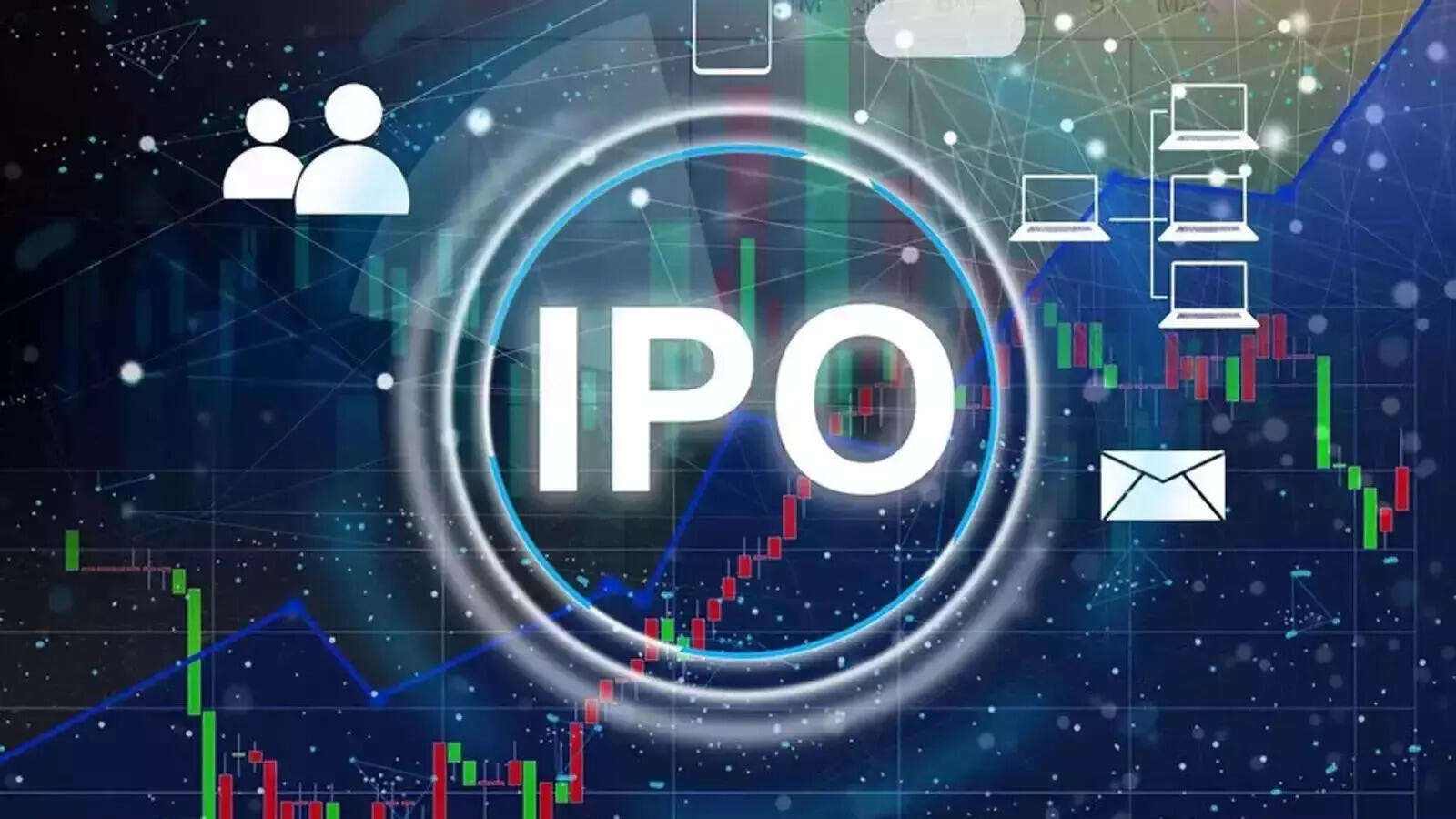Oil prices held steady, buoyed by hopes from renewed US-China trade talks in London, following a 4% gain last week. Negotiators are meeting to ease tensions, especially after China’s rare earth export curbs. Market sentiment hinges on the meeting’s outcome, balancing trade optimism with concerns over OPEC+ production and geopolitical risks.
Oil’s Balancing Act: London Trade Talks and the Price We Pay
Okay, let’s talk oil. And not just the slick, black stuff itself, but the whole swirling, unpredictable ecosystem that determines how much it costs us at the pump. For those not glued to Bloomberg 24/7, there’s a lot happening beyond the local gas station sign. Right now, all eyes are on London, where US and Chinese trade negotiators are huddling, presumably over cups of lukewarm tea and mountains of paperwork. Why London? Because the price of oil, particularly Brent Crude (the benchmark most of the world follows), hangs precariously on the outcome of these discussions.
Brent is stubbornly hanging around the $66-per-barrel mark, a price point that feels like it’s teetering on a tightrope. You see, the US-China trade relationship is a massive demand driver for, well, everything. When these two economic giants are playing nicely, global trade hums, industries churn, and demand for energy – especially oil – skyrockets. Conversely, when they’re locked in a tariff tango, uncertainty creeps in, production slows, and oil demand takes a hit. Think of it as the economic equivalent of a clogged artery – it restricts the flow of everything.
So, why the stability? Why isn’t the market going nuts with anticipation? It’s a fair question, and the answer is nuanced. On one hand, there’s the undeniable weight of those trade talks. No one wants to make a big move before knowing the final hand. This creates a sort of holding pattern, a cautious approach from investors who are keen to avoid a potentially costly misstep.
But there’s more to it than just the trade war. The global oil market is a complex tapestry woven with threads of supply, demand, and geopolitical risk. Remember OPEC+? That alliance of oil-producing nations, led by Saudi Arabia and Russia, has been diligently (and let’s be honest, sometimes grudgingly) cutting production to prop up prices. Their efforts have been reasonably successful, preventing a major price crash despite the ongoing trade tensions.
And then there’s the constant shadow of potential supply disruptions. Political instability in oil-producing regions, unexpected pipeline outages, even weather events like hurricanes – all these can send ripples through the market, pushing prices higher in an instant. The market has a collective nervous tic, constantly anticipating the next unexpected event.
So, what does this all mean for you and me? Well, at the very least, it means we shouldn’t expect any dramatic swings at the pump in the immediate future. The current equilibrium feels fragile, but relatively stable. The ongoing trade talks are a major wild card. A positive outcome – even a tentative agreement – could send oil prices soaring as optimism returns to the market. A breakdown in negotiations, however, could trigger a sell-off, potentially leading to lower prices.
But let’s not forget that these are just short-term fluctuations. The bigger picture is far more complicated. The world is slowly, albeit unevenly, moving towards a more sustainable energy future. Electric vehicles are gaining traction, renewable energy sources are becoming increasingly competitive, and governments are implementing policies to reduce carbon emissions. These are long-term trends that will undoubtedly impact the demand for oil in the years to come.
In the meantime, we’re stuck in a precarious balancing act. We need oil to power our economies, but we also need to address climate change. We need stable prices to avoid economic disruption, but we also need to encourage innovation in renewable energy. It’s a tightrope walk with no safety net, and the outcome will depend on a complex interplay of political decisions, technological advancements, and consumer behavior.
So, while we wait for the results from London, maybe take a moment to appreciate the sheer complexity of the global oil market. It’s a fascinating, frustrating, and ultimately vital part of our modern world. And remember, the next time you fill up your car, you’re not just buying gasoline; you’re participating in a global drama with consequences that ripple far beyond the local gas station.
📬 Stay informed — follow us for more insightful updates!







